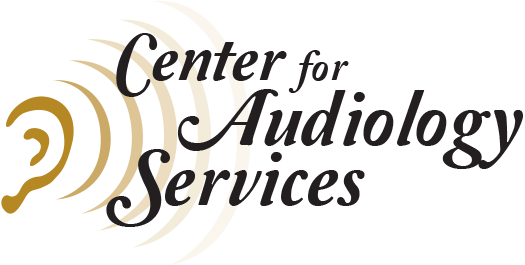Dizziness or loss of balance is the second most common complaint heard in doctors’ offices. National Institute of Health statistics indicate dizziness will occur in 70 percent of the nation’s population at some point in their lives. Acute or chronic problems with equilibrium may indicate serious health risks or limit a person’s everyday living.
Equilibrium disorders fall into two categories. The first category is dizziness, vertigo, or motion intolerance that may occur in acute or sharp attacks lasting anywhere from a few seconds to several hours. This condition may be caused or worsened by rapid head movements, turning too quickly, walking or riding. The second category is a persistent sense of imbalance, unsteadiness, or what some people refer to as a loss of surefootedness.
Good news is diagnosis and treatment options have become more effective over the past 10 years. There is hope for many individuals who once thought there might be no relief.
Loss of Balance
Many people believe loss of balance and unsteadiness are a natural result of aging. In fact, fear of falling is the number one health concern of individuals in their later years. This fear appears to not be unfounded as National Institute of Health statistics indicate balance-related falls account for half of the accidental deaths in the population over 65. In addition, nearly 300,000 hip fractures and $3 billion dollars in medical expenses result from balance-related falls every year.
Human equilibrium is a complex interaction that requires correct input from the inner ear, vision and somatosensory (contact with the earth as perceived by our feet, muscles and joints). All three signals must then be correctly received by our central nervous system. Then the cerebellum, which is the motor control portion of the brain, must execute the correct movement of our musculoskeletal system so we maintain our center of gravity. If any one or several components of this complicated system do not work properly, then a loss of surefootedness or movement coordination can take place
The natural aging process may affect any one or all of these senses as well as the central nervous system’s ability to interpret and react to them quickly. It is very common to hear from someone who has fallen that they saw the curb or step, but were not able to react fast enough or to keep their balance.
With proper diagnosis and therapeutic exercises, known as Balance Retraining, many older adults can return to a more active lifestyle.
Did you know?
- Vertigo, dizziness or imbalance will affect 90 million Americans sometime during their lifetime.
- Each year, over nine million people consult with their doctors with complaints of dizziness, the number one malady for those over 70.
- Balance related falls account for more than one-half of the accidental deaths in the elderly and cause over 300,000 hip fractures a year in individuals over 65 years of age.
- Some forms of inner ear disorders, such as Meniere’s Disease, benign positional vertigo, perilymph fistula, and endolymphatic hydrops, have symptoms that are virtually indistinguishable to most people. Since imbalance and vertigo can affect a person’s ability to stand and walk, see clearly, read, watch television, make decisions, and think clearly, these conditions are often misdiagnosed as multiple sclerosis and clinical depression.
- Children with treatable vestibular disorders are sometimes incorrectly diagnosed as learning disabled, dyslexic, or psychologically disturbed.
- Blows to the head and whiplash are frequent causes of dizziness.
- Ear infections, such as otitis media, can also lead to vestibular disorders.
If you are experiencing some of these symptoms, our Audiologists on staff can do some initial testing to determine whether or not the symptoms are related to a hearing problem and if necessary refer you to an appropriate specialist.
If you are experiencing dizziness or lightheadedness, please contact us

